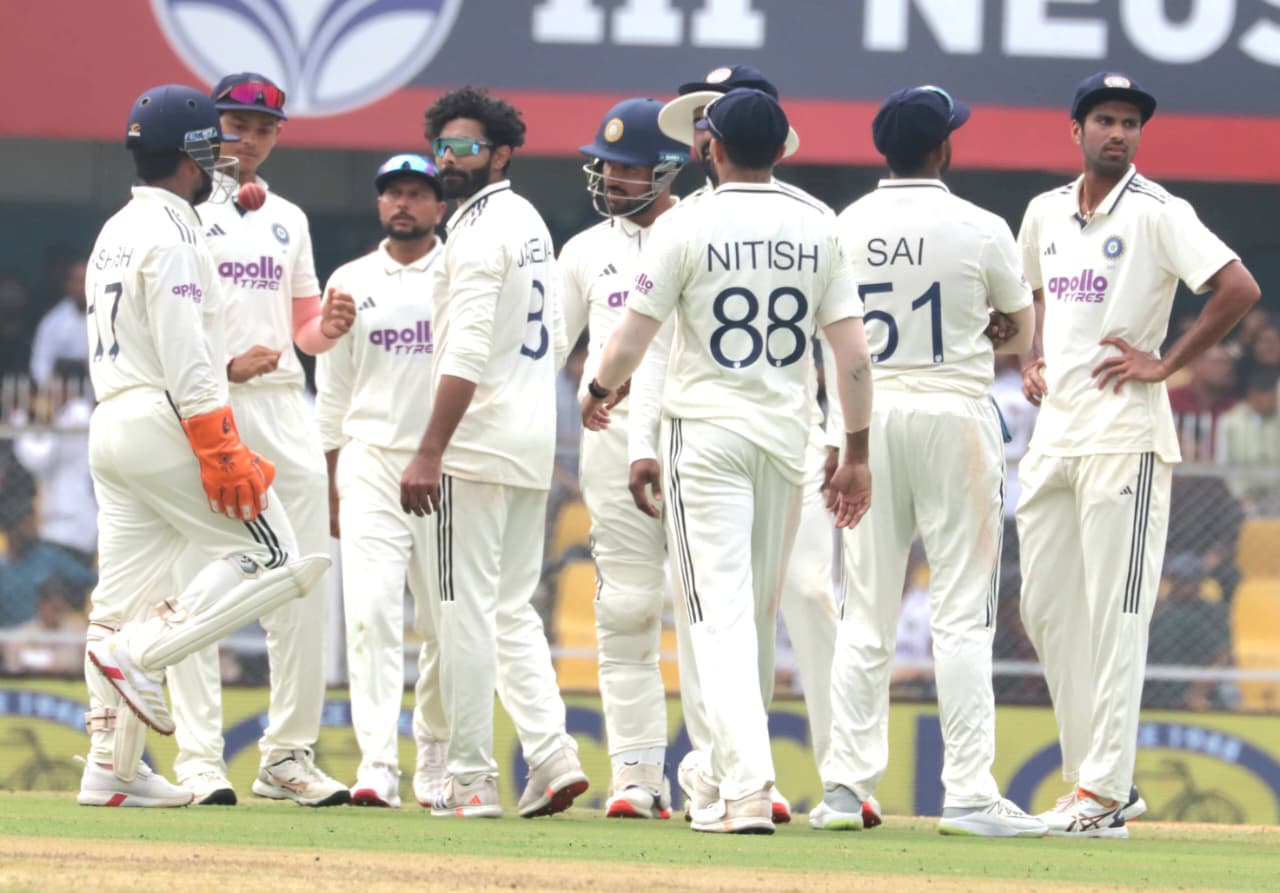
Gautam Gambhir said in the post-match press conference that we need to prioritise Test cricket. Yes, we do. But my question is: how? How do we prioritise Test cricket in an age where white-ball cricket has achieved commercial success of humongous proportions?
Let’s be blunt. A Cheteshwar Pujara—who played Test cricket with distinction—never got even a half-decent IPL contract. Any white-ball player who can hit big sixes will earn in one season of the IPL what Pujara earned over an entire year, and often far more. They get more endorsements than Ajinkya Rahane or Pujara ever did. So why should anyone—let’s be practical—want to play red-ball cricket? Or grow up prioritising Test cricket?
Virat Kohli, Pujara, Rahane, Rohit Sharma and, to an extent, KL Rahul were the last group of players who could afford to prioritise red ball. Why should players like Yashasvi Jaiswal, Dhruv Jurel or Nitish Reddy do so now? Test cricket will not fetch them a tenth of the money that white-ball cricket will, and too much emphasis on Test cricket could actually jeopardise their white-ball careers.
The truth is that we are now prisoners of our own making. We will continue to be a strong white-ball team. The amount of money in the sport means every talented individual wants to play and excel in white-ball cricket. Naturally, the talent pool is enormous. It’s not the same with red-ball cricket. For 90 overs of fielding or 20 overs of bowling a day, players don’t get anything substantial. Yes, a pat on the back, some praise from purists who say, “Look, so-and-so is holding the mantle of Test cricket together.” But such praise stays on the margins. Practical realities guarantee that we will shrink as a red-ball nation.
Decoding Gautam Gambhir’s PC post another home whitewash https://t.co/879OWnKjBO
— RevSportz Global (@RevSportzGlobal) November 26, 2025
Bowlers are no different. For spinners, the primary motive now is containment: concede fewer runs. Simon Harmer, for example, bowls conventional off-spin—varying his pace, flighting the ball, and more. Washington Sundar, on the other hand, has grown up trying to contain. It isn’t his fault; that’s the norm in this day and age. To say that we need to prioritise Test cricket is to ask people to swim against the tide.
Why is India a good white-ball team? Because we have specialists doing the job. Abhishek Sharma, Tilak Varma, Hardik Pandya—these are white-ball specialists. We have built a team of specialists, and it’s natural that they excel in their chosen format. Now we are trying to import the white-ball template into red-ball cricket. Take Nitish, for example. Except for the century in Melbourne, there’s been nothing to write home about. His bowling isn’t Test standard, and the shot he played yesterday showed that, as a batter, he isn’t there yet. How does one justify Nitish as a red-ball player? Or Jurel?
While Shubman Gill was sorely missed—and I still believe he could have won India the game at Eden Gardens—the truth is that this series has been a catastrophe. We need a roadmap and some radical decision-making. Paying Test specialists as much as IPL stars, or even more—and making that the incentive to play red-ball cricket—could be the starting point. Only then can we truly prioritise the format and save ourselves from the pain of regular home whitewashes.
For more such articles, follow RevSportz
